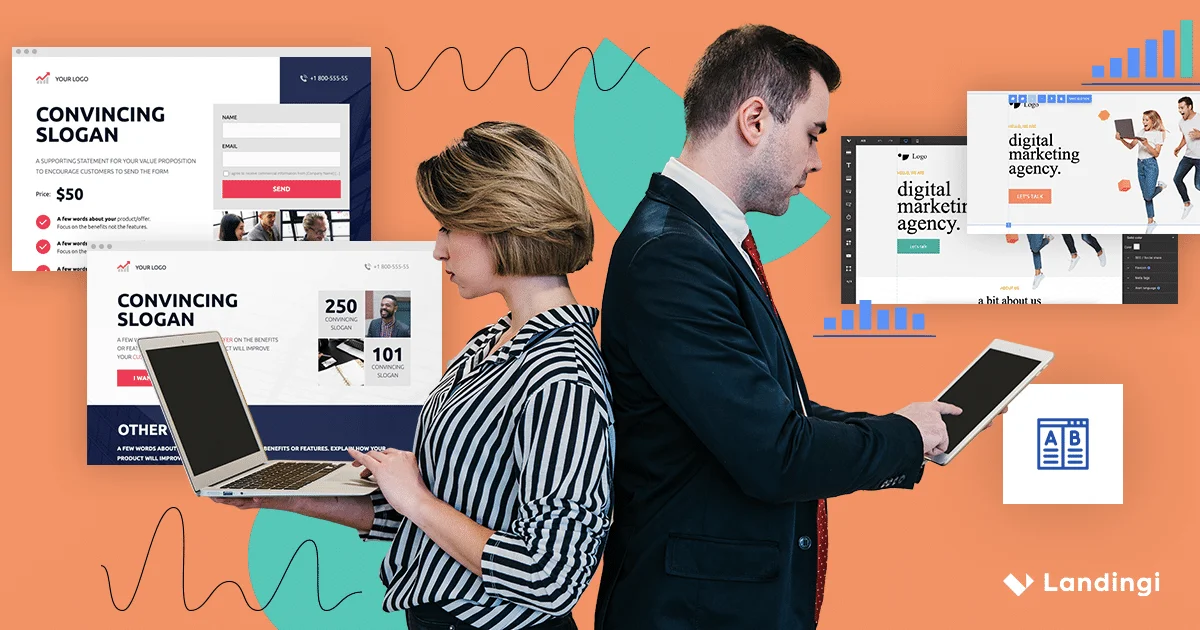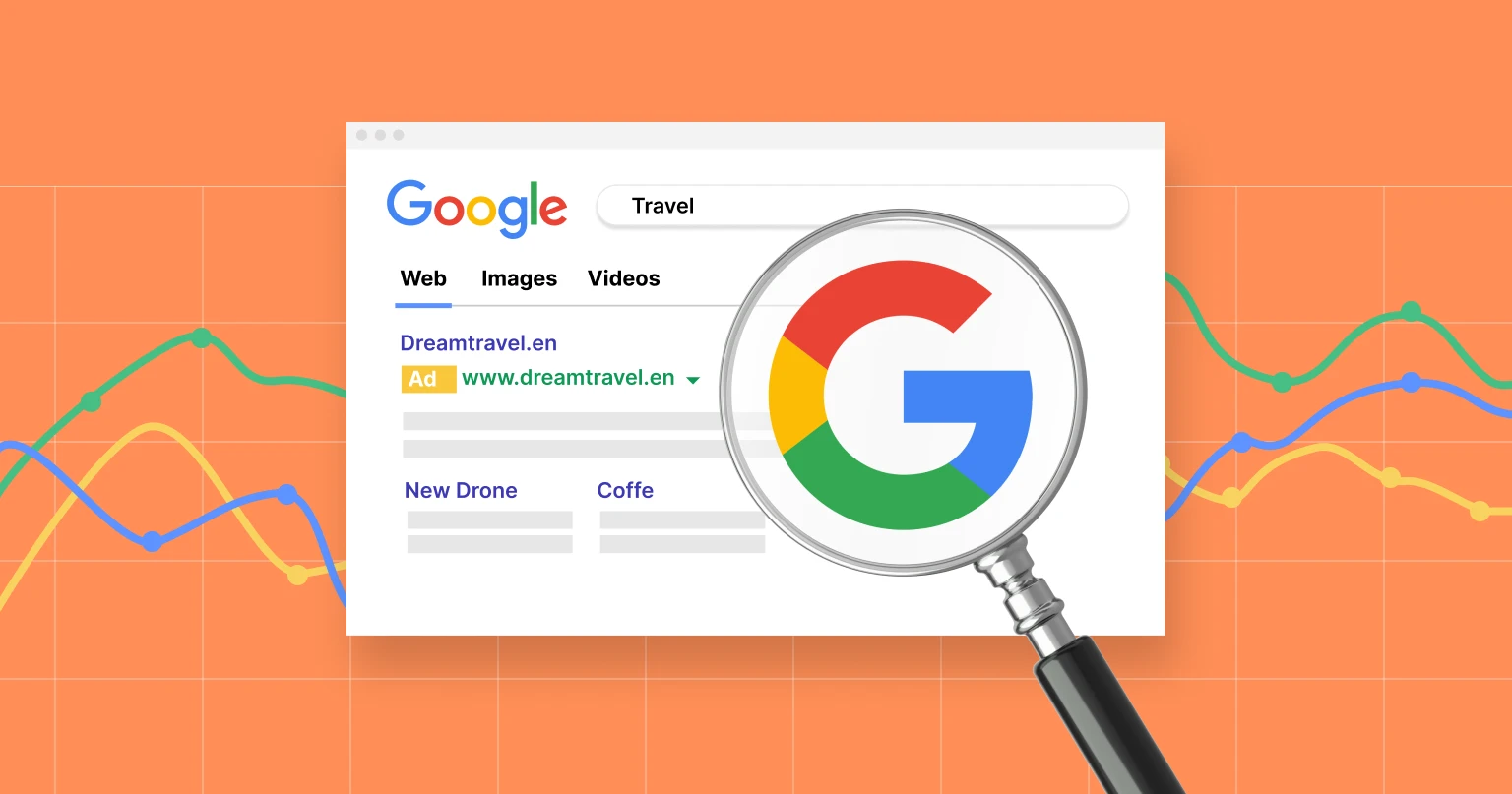You have probably heard a lot of talking about funnels. Their function is very simple: to visualize and simplify complex ideas, such as lead generation or customer journey.
Two of the most popular ones – marketing and sales funnels – are often used interchangeably, though there are some differences between them. It’s important to make the distinction for the sake of your marketing actions. So, without further ado, let’s dive into the details of marketing funnels versus sales funnels and what you should know about each.
Make your sections smartable and let go of mundane manual tasks with Smart Sections! An easy way to manage bulk changes.
What is a marketing funnel?
A marketing funnel is a representation of the prospect’s journey from first being aware of a product or service to making a decision to become a customer. In other words, it is just a set of steps leading visitors right from discovering your solution to deciding to do something with it.
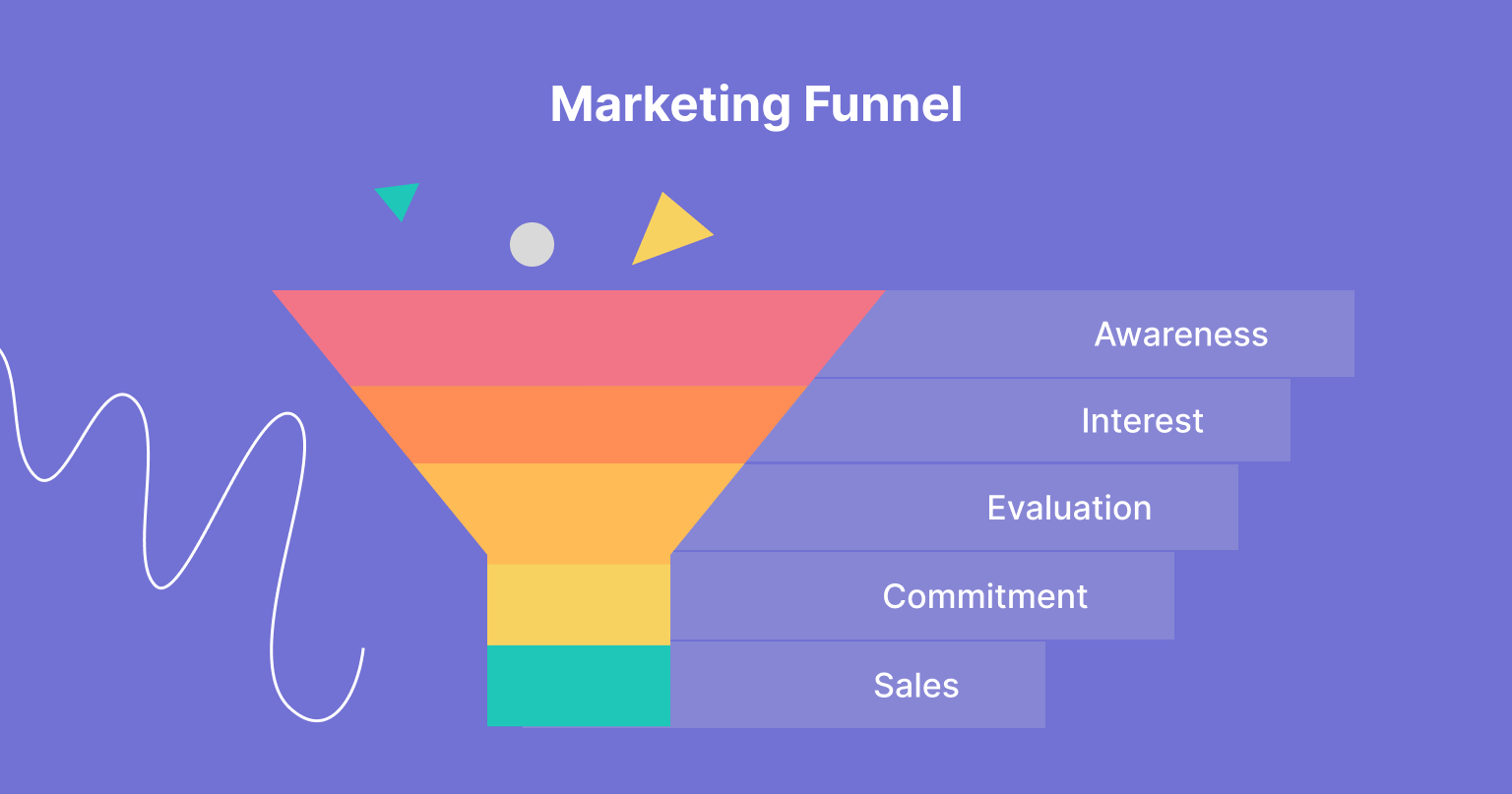
Usually, marketing funnels consist of three elements:
Building Awareness
First, potential customers have to realize that the solution you offer exists. They can do this by reading your blog posts, watching your videos, running into your Facebook Ads or Google Ads, or by entering a landing page you created with a landing page builder.
Without knowing who you are and what you do, it is impossible for the visitors to take the next step. The first impression can easily turn into a lasting one, so it’s vital to remember a few things at this stage.
Aside from the previously mentioned information such as the industry you’re in and what you offer, it’s vital to establish your Unique Selling Proposition (USP). In other words: what is it about your business that distinguishes it from the competition?
Maintaining Interest
Once potential customers know about your product or service, you can maintain this interest by continuing to build trust and engaging them. At this level, deliver tailored content, like a free ebook, newsletter, or promotion, to help prospects continue to think of your brand.
At this stage of the funnel, it’s important to measure the activity on your marketing creations: see what converts and how the visitors interact with your content (whether it’s a website full pages or a standalone landing page). Based on that information, you will be able to gain insights into customer profiles.
As a result, your remarketing efforts will be better suited to what your potential customers might need, so the chance to turn them into paying customers increases.
Evaluation by Customers
If you have succeeded in the two previous steps, the next one is where the actual choice happens. This decision is usually based on various criteria, and those depend on the industry.
For instance, e-commerce customers will value the price and quality of the products as well as whether your brand represents their lifestyle better than other companies.
In B2B, the reasons for making a purchase decision will be a bit different. Naturally, the costs will be taken into account, but tools and services will also be evaluated based on the ease of use and implementation, the ability to help reach Key Performance Indicators, and other metrics. Simply put, the decision-makers will have to be sure that a given offer makes their business better.
This is also the phase where a marketing funnel starts to shift into a sales funnel.
What Is a Sales Funnel?
Simply put, a sales funnel is the visual representation of the journey from making a decision to purchase a product or service to actually becoming a full-fledged customer. At the end of the sales funnel, a customer is a loyal user and an advocate of the product or service.
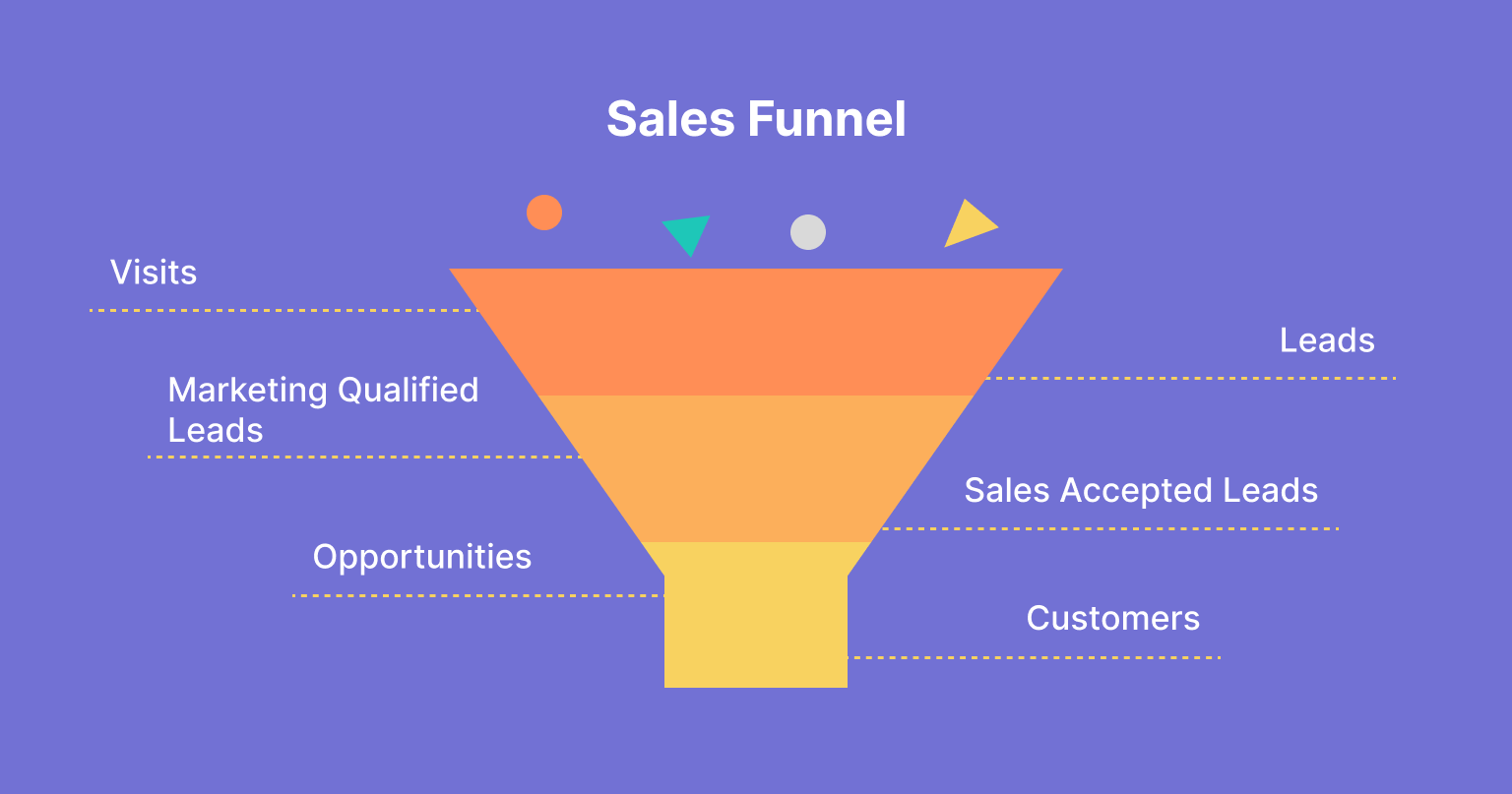
After they evaluate the pros and cons, the new potential customers have two more sales funnel stages to go through. They enter the commitment phase, where they decide to commit to your solution and finally, in the last phase, they decide to purchase. If they still have reservations, you can try to speed up the decision process by offering them free trials or demonstrations.
However, once they buy, the 21st-century sales funnel does not end! Nowadays, the next phase is follow-up and customer retention. And you should never forget about them.
What are the benefits of sales funnels?
Here are three reasons why using a sales funnel is a good idea:
Boosting Sales
This may seem obvious, but pushing leads to purchase is the main goal. Sales funnels are created to move potential customers from consideration to conversion. In some cases, that journey might be very short and it won’t require any additional marketing efforts, but usually, the more expensive the product or service is, the longer it takes to finalize the transaction.
As a result, having a specified set of steps is going to help you increase sales more effectively. After all, you have more control over what happens in the next stages.
Identifying Problem Areas
If you create a funnel to help visualize your sales strategy, it is easier to pinpoint the exact places where you are losing the most leads. That means your funnel has a weak point, and with proper optimization, you can eliminate it and convert higher.
The very nature of the funnel implies that leads are going to fall off at each stage, so you shouldn’t assume that if a group of 100 people gets to one stage, they will all end up in the next one or the one after that. However, historical data will be a good indicator of the number of leads who drop out at each stage, so it’s worth monitoring closely.
Automation of Sales Process
As you refine your sales strategies by focusing on the funnel, these processes will continue to improve and become more effective. Optimization is a crucial part of any process, though it needs experience, data, and the right insights that can be gained from it.
With a solid sales funnel, your business will be able to rely on tried and tested solutions that get you more customers down the line. Each new iteration of the funnel should provide you with better results or provide a space for testing new ideas on how to get even more out of the customer journey.
Landing page examples for your funnel.
Get 111 Landing Page Examples—The Ultimate Guide for FREE
What is the Difference Between Marketing Funnels and Sales Funnels?
The marketing funnel focuses on advertising a product or service to generate leads. The sales funnel starts with these leads and tries to push them down the funnel to convert. Each plays an important role in acquiring new customers.
Let’s explore the main differences in detail.
Marketing Funnels Focus on Customer Attention
Before any decision takes place, your offer needs to be seen. Customers have a short attention span these days, so making sure your business is on their minds is very important. The more stops on the funnel, the easier it is to make a lasting impression.
Furthermore, a well-constructed funnel can help you convey various types of information at your own pace. Throwing all of the main benefits of your offer at once might stick for a while and entice some of the visitors to go further in the funnel, but balanced remarketing is going to serve as a reminder and a second chance for those who have yet to take the next step.
Marketing Funnels Help Collect Customer Data
Most marketing actions are data-based. Without the right insights, it’s impossible to construct effective campaigns, create accurate personas, and address the key pain points that your potential customers might struggle with.
Every time a visitor gets to a landing page or clicks an ad, it provides your business with another piece of information. Each interaction is measured and, based on key metrics, you can surmise more about those who engage with your creations.
Sales Funnels Push Customers to Take Action
While marketing funnels are more geared towards raising awareness and informing the visitors of the product or service, sales funnels build on that foundation to convince qualified leads to take the most important of steps and commit to a purchase. Finally, the latter is a result of sales and marketing teams fruitful cooperation.
It’s an important distinction since the two funnels require different approaches to work effectively. A sales funnel is more proactive since the leads have usually given you permission to contact them via email or other means. It builds on the previously-generated interest and it provides lots of insights for the sales team to work with.
When Does a Marketing Funnel Become a Sales Funnel?
The point of transition from the marketing funnel into the sales funnel occurs once the evaluation phase is successful. This switch should be looked at from the point of view of the customer as well as the business that uses the sales funnel.
For the customer, it’s simply a decision that turns into action. It stems from a sense of confidence that the product or service will make a positive impact in their life or business. Once the research is done and the competition has been compared, the customer has enough information to commit to a particular choice.
Businesses need to respond to the shift from one funnel to the next in a few ways:
- Make sure that the potential customer has an easy opportunity to make a purchase.
- Get the sales team ready to assist in making the sale happen.
- Monitor customer satisfaction in order to retain and upsell existing clients.
How to Create Funnels and What May Come In Handy?
A well-designed marketing funnel is like a roadmap that leads potential customers from their first interaction with your brand to the desired conversion. But what do you actually need to build it effectively?
There are pretty few specific marketing and sales funnel software solutions, but, on the other hand, a lot of marketing platforms or landing page builders give you a broad set of tools capable of designing professional funnels.
Thinking of how to put theory into practice? Let’s dive into our short guide, which shows you how to create an example sales funnel. In digital marketing, a typical funnel consists of several websites or landing pages.
Let’s suppose you are selling fragrances online. A few hundred people visit your site each day, and you are wondering how to turn them into customers. Easier said than done – you may think. And indeed, there is no magic trick to make you succeed in a second.
But what you can do is approach the issue strategically and divide the whole process into a few stages. Each stage will have a dedicated landing page. Your goal is to design a virtual customer journey that guides your visitors from the starting point to the final, which is a purchase.
To make things easier and clear, I will show you a process with three stages and three landing pages. In many cases, no more is needed, but technically it is possible to build funnels made up of as many stages as you desire.
Landing page 1: Present your Offer and Grab Some Leads
It’s the starting point of the journey, so your message should be powerful and to the point. Showcase your products, but instead of too many details, be concise and focused on what weighs the most. Present a potential customer with a value proposition explaining why your offer is best. Encode your message in a headline, as – if well-exposed – it catches attention in a second, preventing users from leaving a site too quickly.
Include a form for lead generation. That way, you will collect the data necessary to take further proactive marketing actions like email marketing (learn more) or online ads.
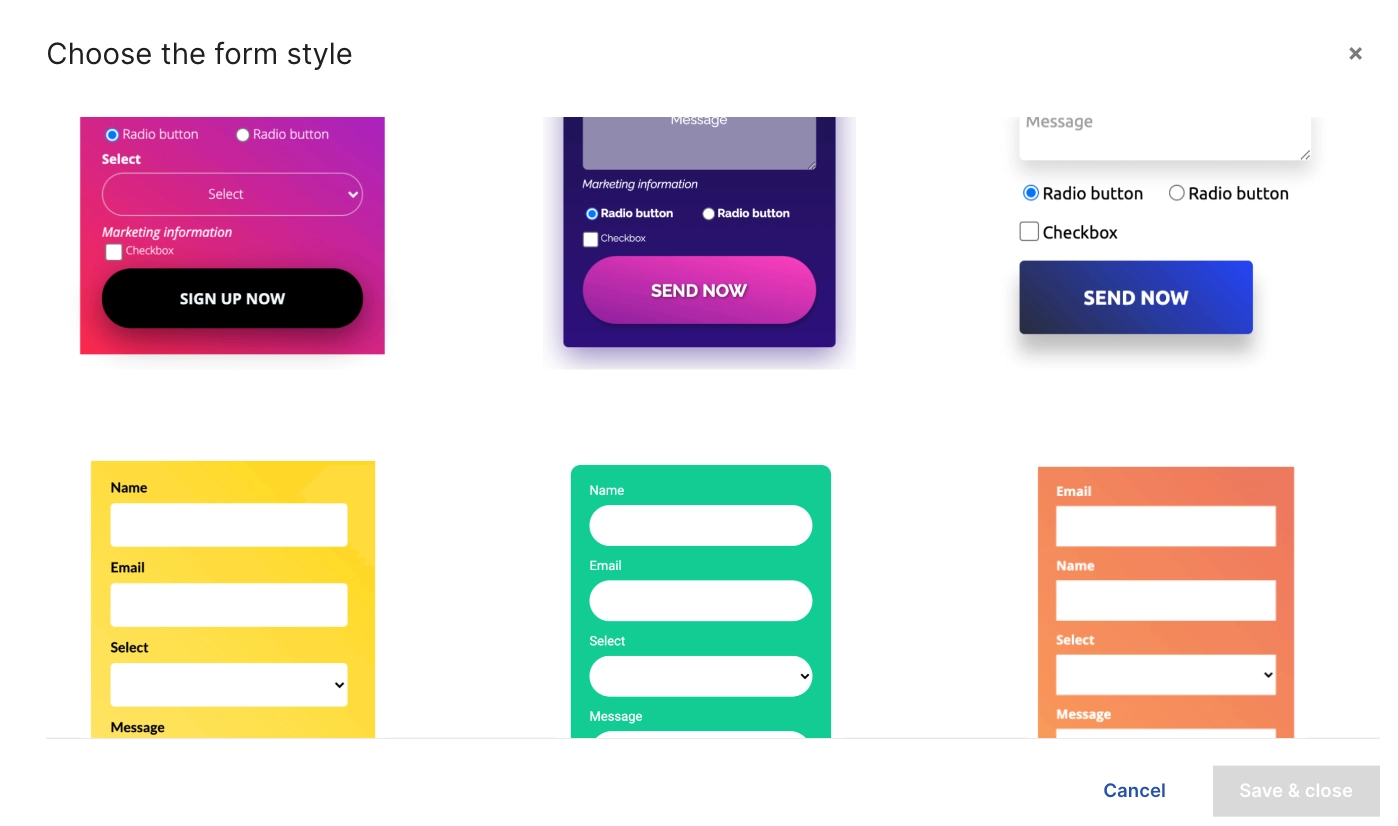
Once you are well-fed with potential clients’ data, you may try to reach them with marketing campaigns. It’s what we call lead nurturing. It refers to the practice of fostering connections with potential customers by delivering tailored content and experiences, ultimately steering them toward making a purchase
Landing page 2: Turn Leads into Customers
If a lead nurturing process succeeds and you have many hot prospects within your grasp, you have to arrange a place where they can buy your product or service. It sounds like you need another landing page: the sales page!
Check out 25+ Best Sales Page Examples.
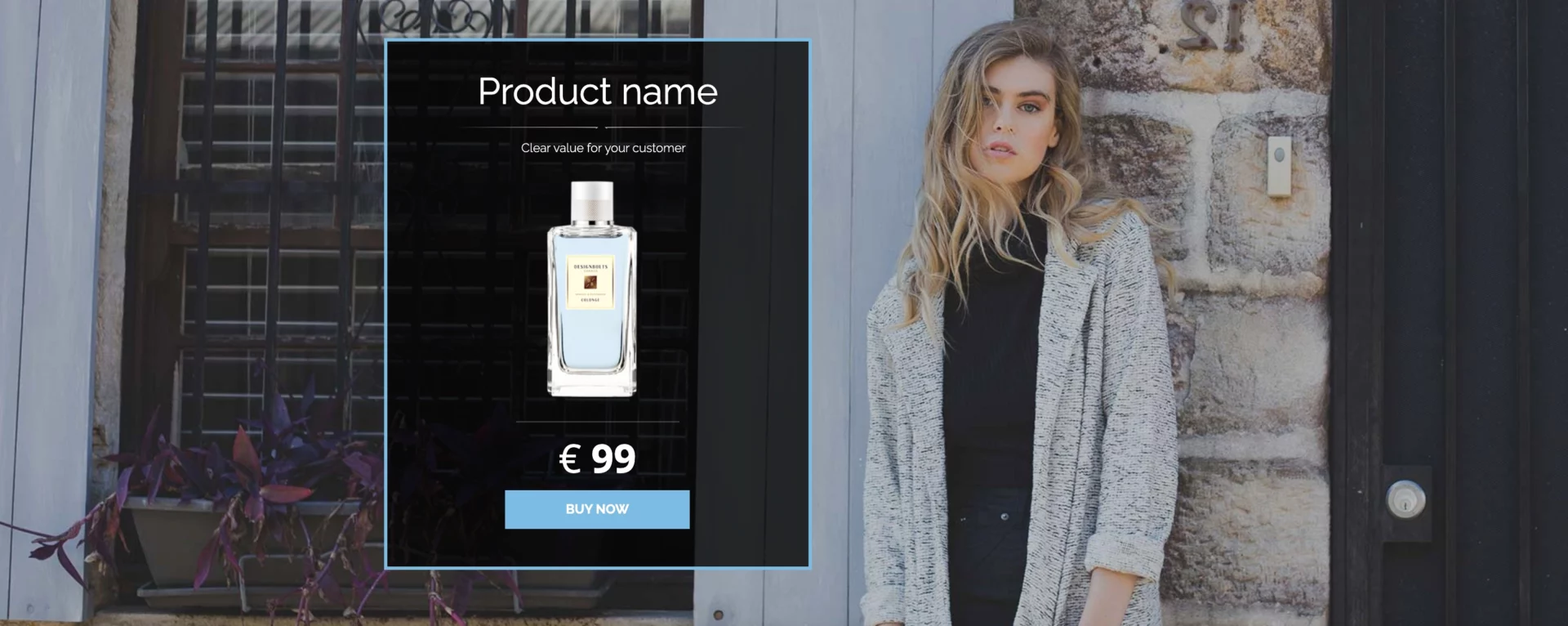
A sales page is a dedicated web page designed to showcase a specific product or service, utilizing persuasive copy, compelling visuals, and a clear call-to-action (CTA) to encourage visitors to make a purchase.
Except for CTA, you should include there a short description of your product highlighting key features and benefits for potential buyers.
What else may be helpful to push leads into purchase on a landing page?
- Use a counter widget to emphasize urgency and scarcity.
- Rely on social proof (customer reviews, trust badges, testimonials, etc.) to foster trustworthiness,
- Exploit a chat widget to allow the hesitant or desiring more information to contact sales teams or a sales representative.
Conversely, avoid distractions (too many links, widgets, text blocks) or jargon, and refrain from going overboard with visuals.
Landing page 3: Drive Customers into… Loyal Customers
A purchase is not the end of the road! Unless you’d like your customers to shop from your competitors next time…
It’s a great challenge to attract potential customers as well as to make them existing customers, but it’s also crucial (though sometimes forgotten) to gain their loyalty. This way, you may retain them within your marketing funnel for a long time, which allows your marketing team to encourage them to further conversions.
There is plenty of tools and marketing techniques (like discounts, limited offers, loyalty programs) useful in retaining customers, but one that can do the work smoothly with a minor effort on your part is a simple thank you page.

Thank you page is a dedicated webpage that appears after a user takes a specific action, like making a purchase or signing up, conveying gratitude for their engagement and often offering additional opportunities for further engagement or conversion.
It is the right place to notify him of upcoming product releases, offer a discount, or grant access to some free resources. The rule states: give to receive!
Keep Your Funnel Full with Landingi
Now you know the difference between the marketing funnel and the sales funnel and how the two need to work together to take visitors through various stages in order to create a cohesive feeling and, most importantly, get them to the ultimate goal for any business – making the sale.
Both marketing and sales funnels benefit from utilizing various tools to make their creation and optimization easier. For instance, using landing pages instead of traditional websites allows you to create post-click pages that are focused on conversion at each stage of the funnel.
Landingi has all the tools you need to guide leads through the marketing and sales funnels, including:
- An intuitive interface that allows you to build your own designs for landing pages and pop-ups without coding.
- A/B/X Testing, so you can try different variations of your lead gen forms and choose which works best for your campaign.
- AI Assistant helping to craft communication perfectly suited for your target audience.
- Advanced marketing integrations and lead tracking tools to optimize your workflow and analyze the results from your lead generation campaigns.
Create your first sales funnel for free with Landingi!





